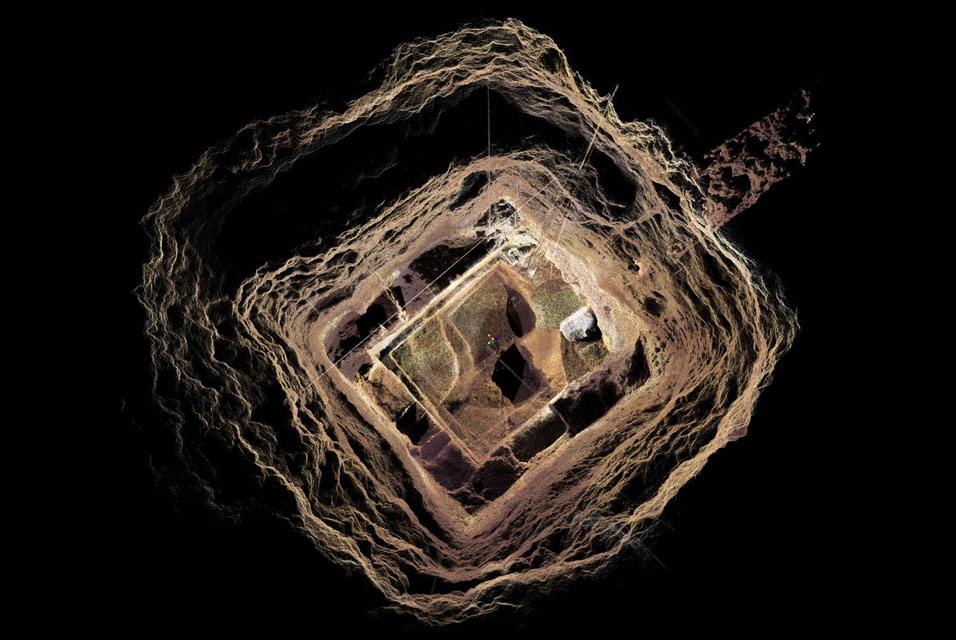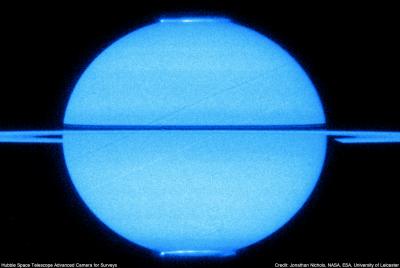
© CNMH INAHContextual image of the tunnel found in front of the Temple of the Feathered Serpent.
Mexico City - After eight months of excavation, archaeologists from the National Institute of Anthropology and History (INAH) have located, 12 meters below , the entrance to the tunnel leading to a series of galleries beneath the Temple of the Feathered Serpent, in the Archaeologcial Area of Teotihuacan, where the remains of rulers of the ancient city could have been deposited.
In a tour made by to site today with the media, archaeologist Sergio Chavez Gomez, director of the Tlalocan Project went below the ground and announced the advances in the systematic exploration undertaken by the INAH of the underground conduit, which was closed for about 1,800 years by the inhabitants of Teotihuacan themselves and where no one has gone in since then.
INAH specialists hope to enter the tunnel in a couple of months and will be the first to enter after hundreds of years since it was closed. This excavation, which represents the most profound that has been done in the pre-Hispanic site, is part of the commemorations for the first 100 years of uninterrupted archaeological explorations (made in 1910) also called the City of Gods.
